Manila Is “Preparing for the Worst” After Millions of Liters of Oil Spilled in the Ocean
A Philippine tanker called the MT Terra Nova carrying 1.4 million litres of industrial fuel oil has just capsized off the coast of Manila in one of the worst oil tanker disasters in years.
One crewman is dead and 16 others have been rescued from the tanker after it hit troubled waters on the coat of the Philippine capital earlier today.
What Happened?
The oil tanker, Terra Nova, departed from Bataan province on its way to the central province of Iloilo with 1.4 million litres of industrial fuel stores in watertight tanks on Thursday morning.
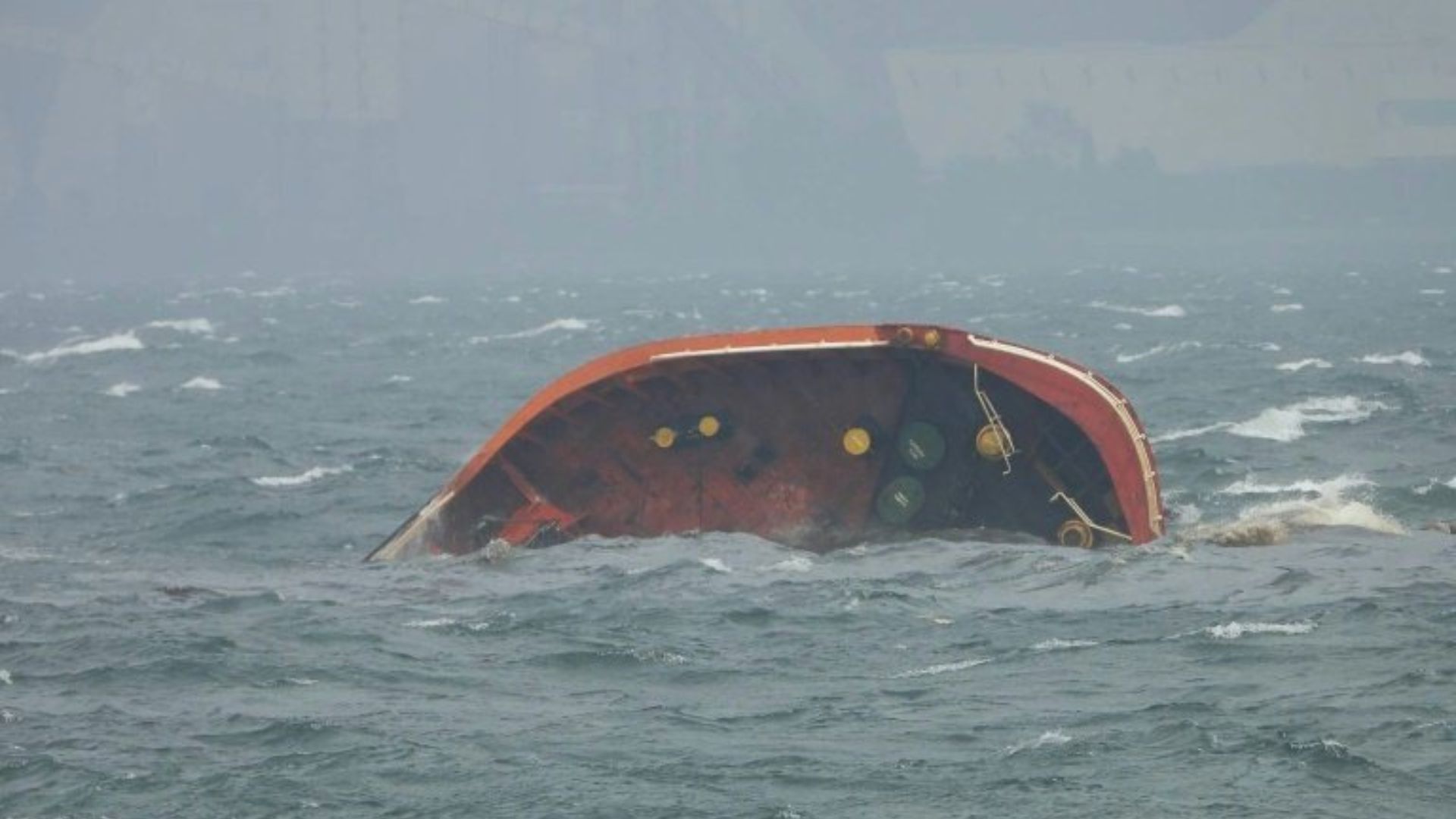
Source: @zetacompa/X
The boat began taking on water when huge waves overcame the captain of the ship.
An Attempt To Get Home
When crew members discovered that the tanker was taking on too much water, they struggled to steer the ship back to it’s original port.

Source: @jakpost/X
However, the crew was ultimately unsuccessful and the boat eventually sank just after midnight, causing a mayhem call to save the crew and an impending environmental disaster.
One Crew Member Dead
One of the crew members on board did not make it out alive.
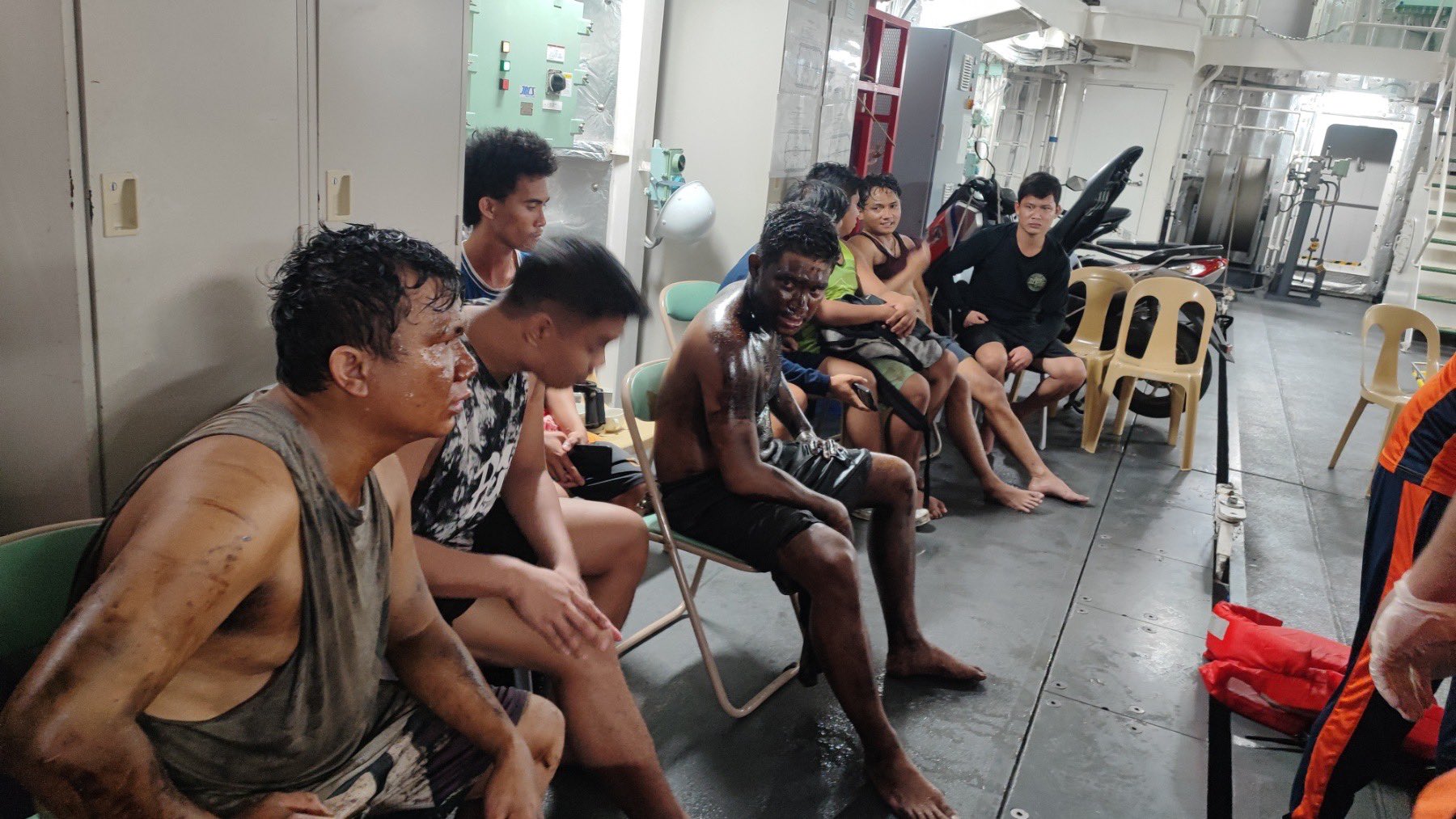
Source: @jovilandxrita/X
So far, all 16 remaining crew members were rescued from the waters and are currently recovering.
Manila Is in Poor Condition
On top of this potential environmental catastrophe, Manila experienced a deadly typhoon earlier in the week.
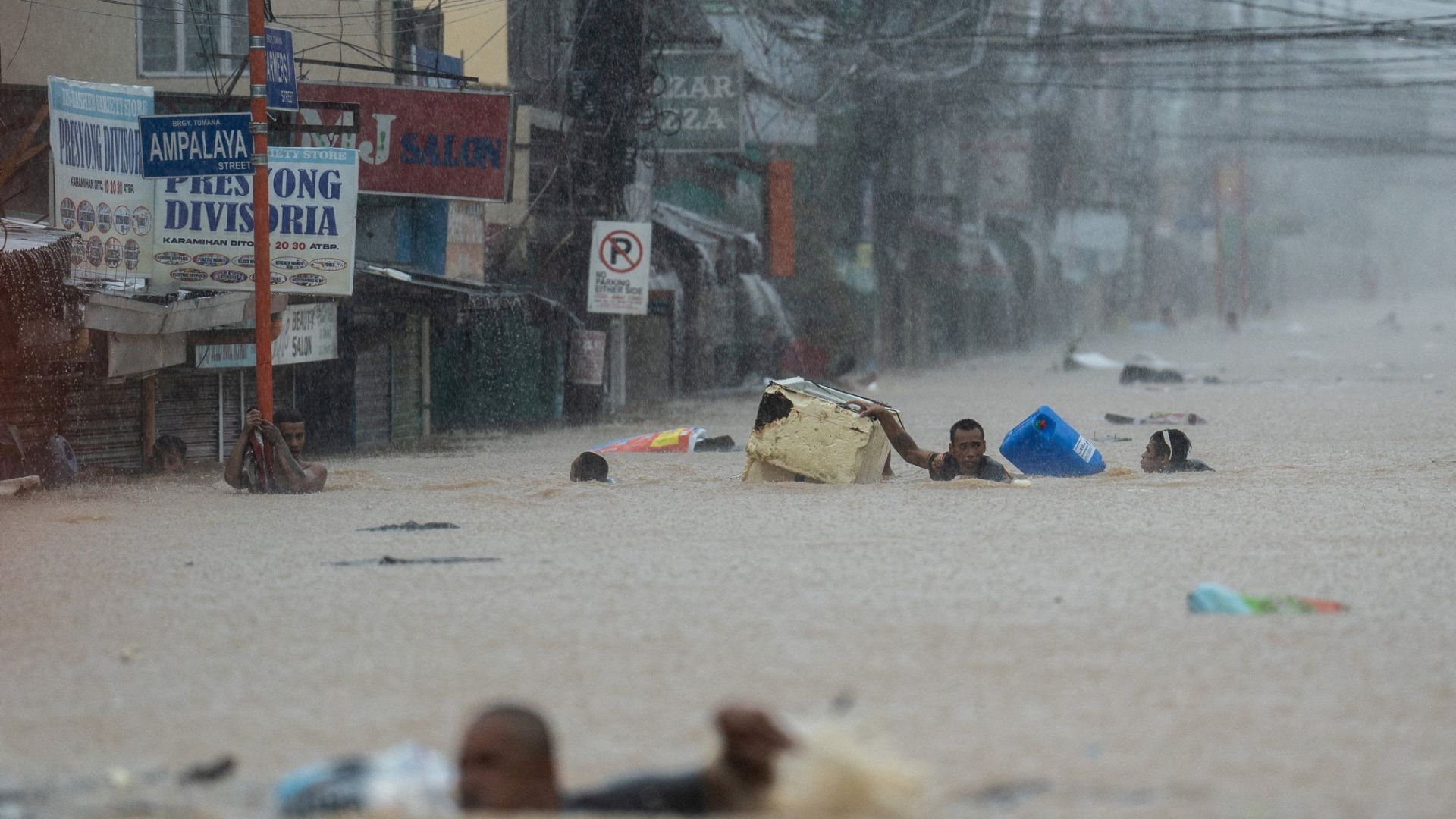
Source: @Reuterspictures/X
The mainland was ravaged by the storm which caused landslides and floods. So far, 22 people have been reported as dead from the typhoon and more than half a million people are left displaced.
Environmental Catastrophe
The coastguard is now rushing to control the potentially major oil spill in the port of Manila that has the ability to flood the mainland.
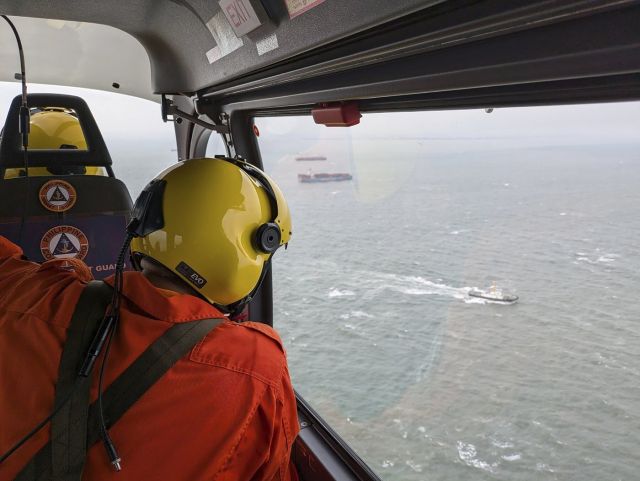
Source: @CAstenetKam/X
As well, the oil stands to destroy the marine ecology in the waters surrounding the Philippines which is home to a rich array of marine life.
The Oil Is Spreading
The coast guard used an aerial survey to determine the damage. The oil slick has already spread nearly two nautical miles and is being driven even further by strong winds in the area.
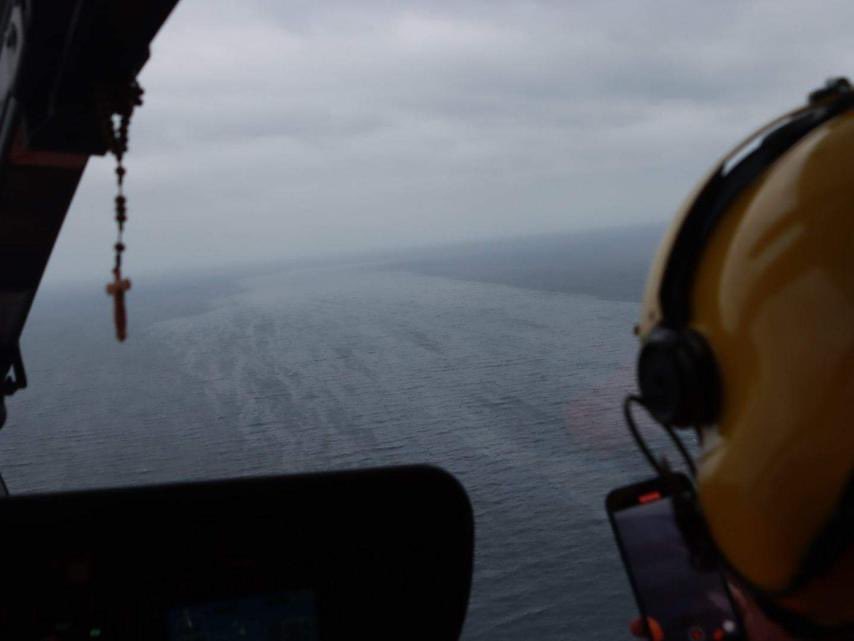
Source: @ABSCNBNews
Rear Admiral Armano Balilo said, “We are racing against time. We will do our best to contain the fuel.” During an online press conference, he added that the waters where the ship sank poses a massive danger to the capital city and major port of Manila.
Racing to Stop the Spill
Authorities raced to stop the oil spill from the Terra Nova. The Philippine Coast Guard deployed floating barriers off the coast to prevent the oil spill from reaching Manila, the capital of the country.
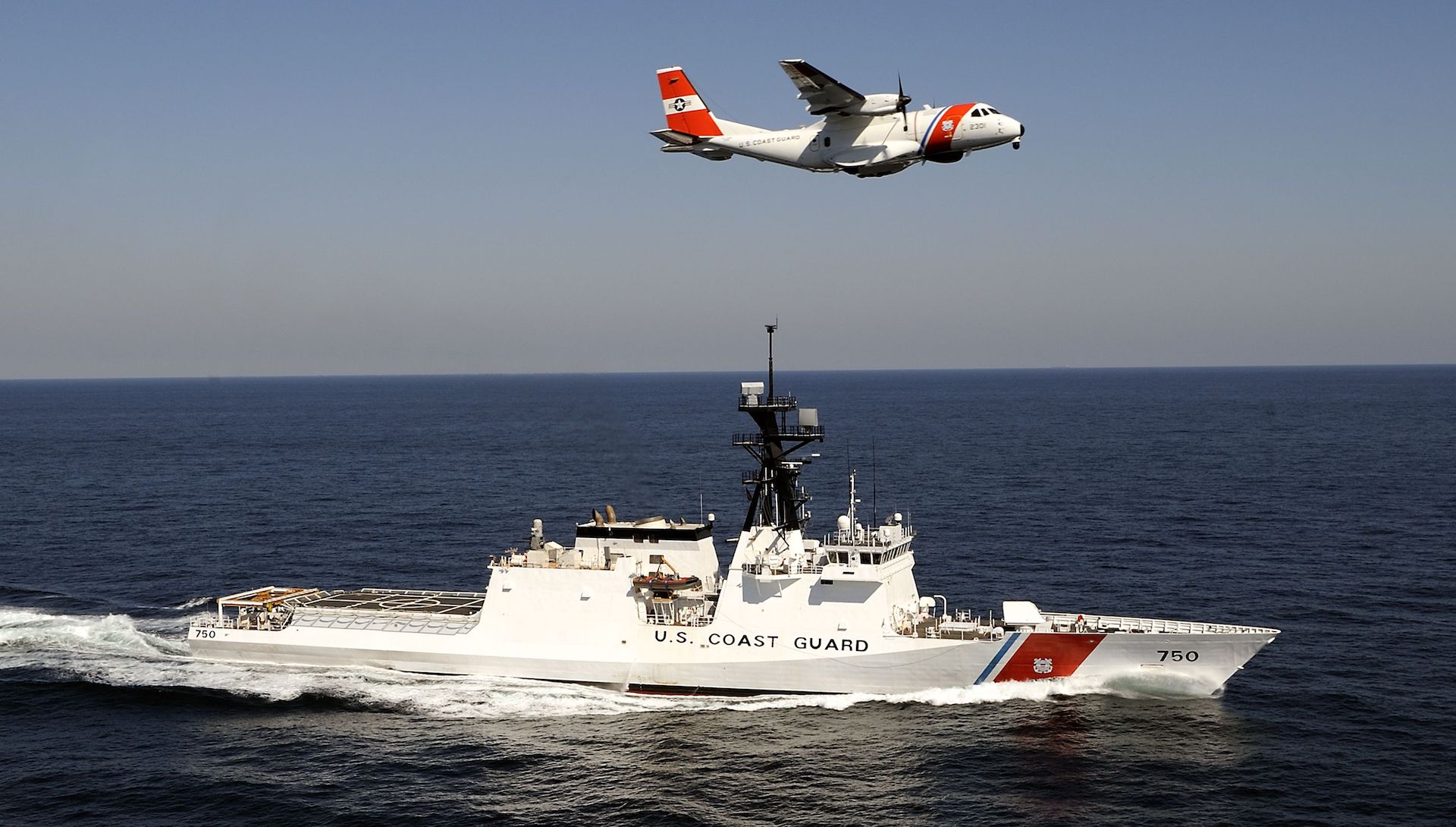
Source: PAC Tom Sperduto, U.S. Coast Gua/Wikimedia Commons
Efforts to clean the spill are underway as the waves rage on as the monsoon rains move closer and closer to the coast.
A Big Danger to Manila
“There’s a big danger that Manila would be affected, its shorelines if the fuel leaks because this happened within Manila Bay. It’s part of the contingency we’re preparing for,” Balilo said.
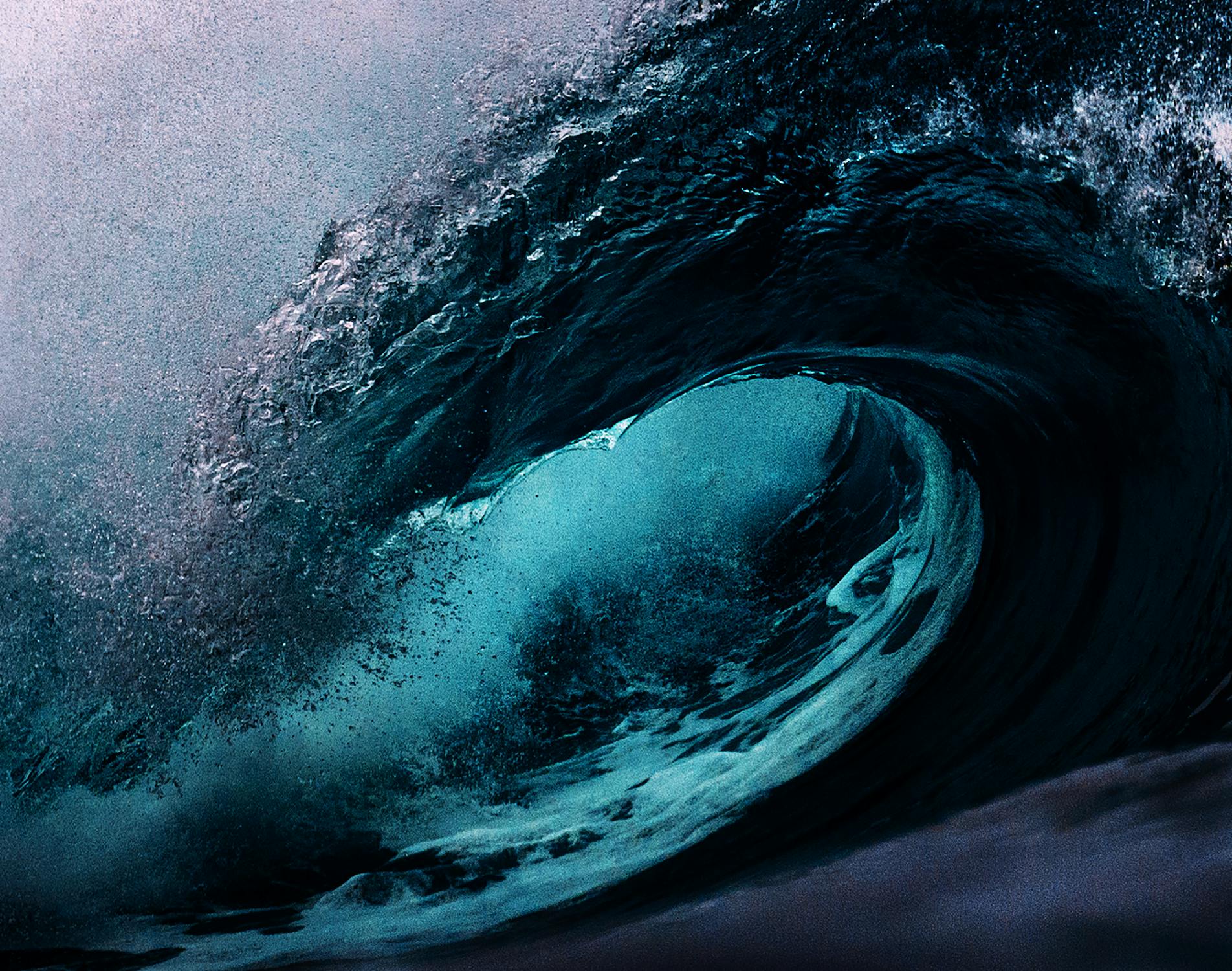
Source: Emiliano Arano/Pexels
“We are racing against time and we will try to do our best to contain the fuel so it will no longer leak out.”
Hard Times for Manila
Although the metropolitan area of 13 million people is accustomed to floods and typhoons, they have pushed the ongoing battle against rising sea levels to the back burner as disasters like this occur consecutively.
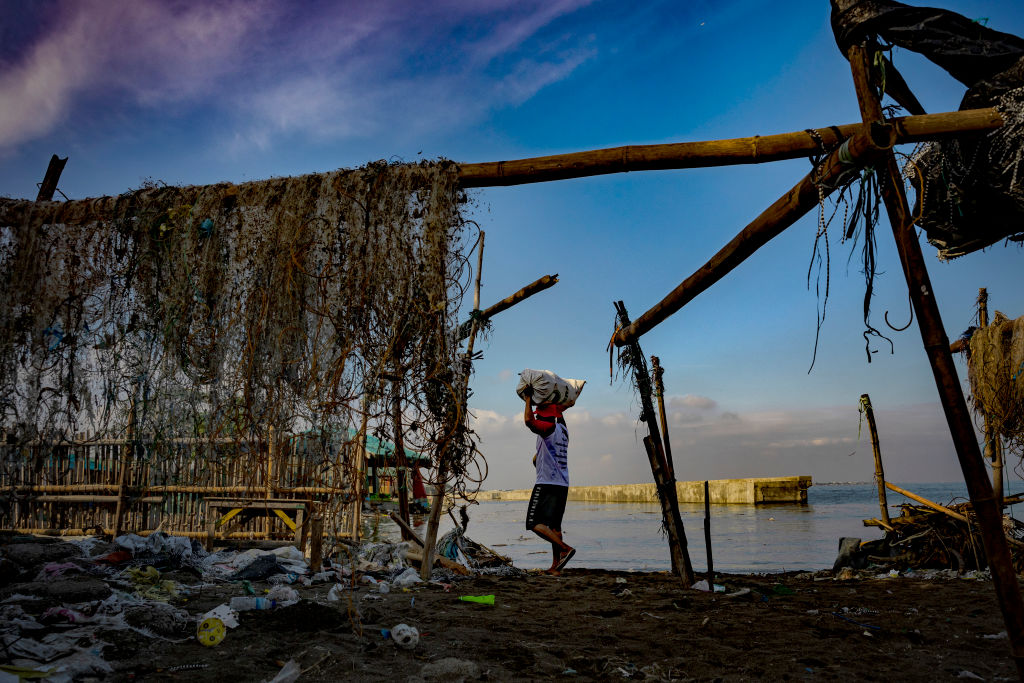
Source: Ezra Acayan/Getty Images
Major land reclamation projects are underway in the polluted bay to boost more tourism complexes and casinos. But these projects have been put on hold.
The Destruction of the Typhoon Gaemi
Typhoon Gaemi has flooded Manila, grounding flights, shuttering schools and offices, and setting off landslides that are sweeping buildings and land away.

Source: Photo Unit/Flickr
According to data from the country’s disaster agency, at least 34 people have died, and more than 1 million have been displaced.
How Do Oil Spills Affect Marine Life?
Aside from the toxic effects of adding oil to the natural environment, the oil spill literally smothers and immobilize several different species including birds and marine animals.
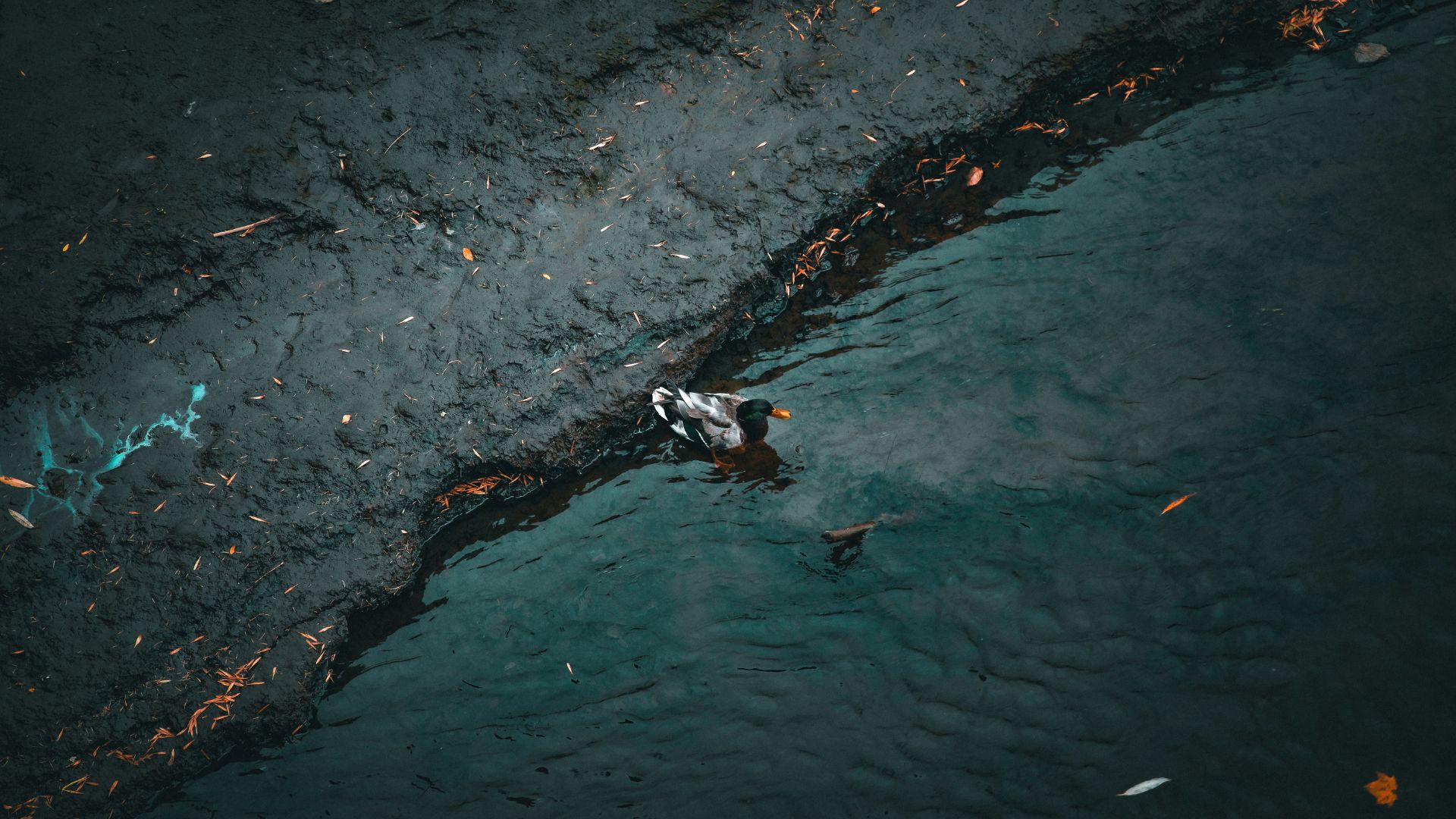
Source: Alex Albert/Unsplash
Lethal effects of ingesting and coming into contact with oil has immediate detrimental effects both on animals and plant life, often killing off entire coral reefs and decimating the natural habitat.
Preparing for the Worst
Officials are “preparing for the worst,” Balilo told BCC. Many fear that the spill, which stretches over several kilometers, could become the worst in the country’s history if they do not contain it.

Source: Freepik
Balilo estimates that it could take a week to drain the oil from the ship, and possibly even longer to remove the oil from the sea. However, the relatively shallow terrain could make it easier to siphon oil from the water.
Possible Recovery Experience
Balilo explained that the oil tanker sank at a surprisingly shallow depth in the port and is sitting at around 111ft in the water.
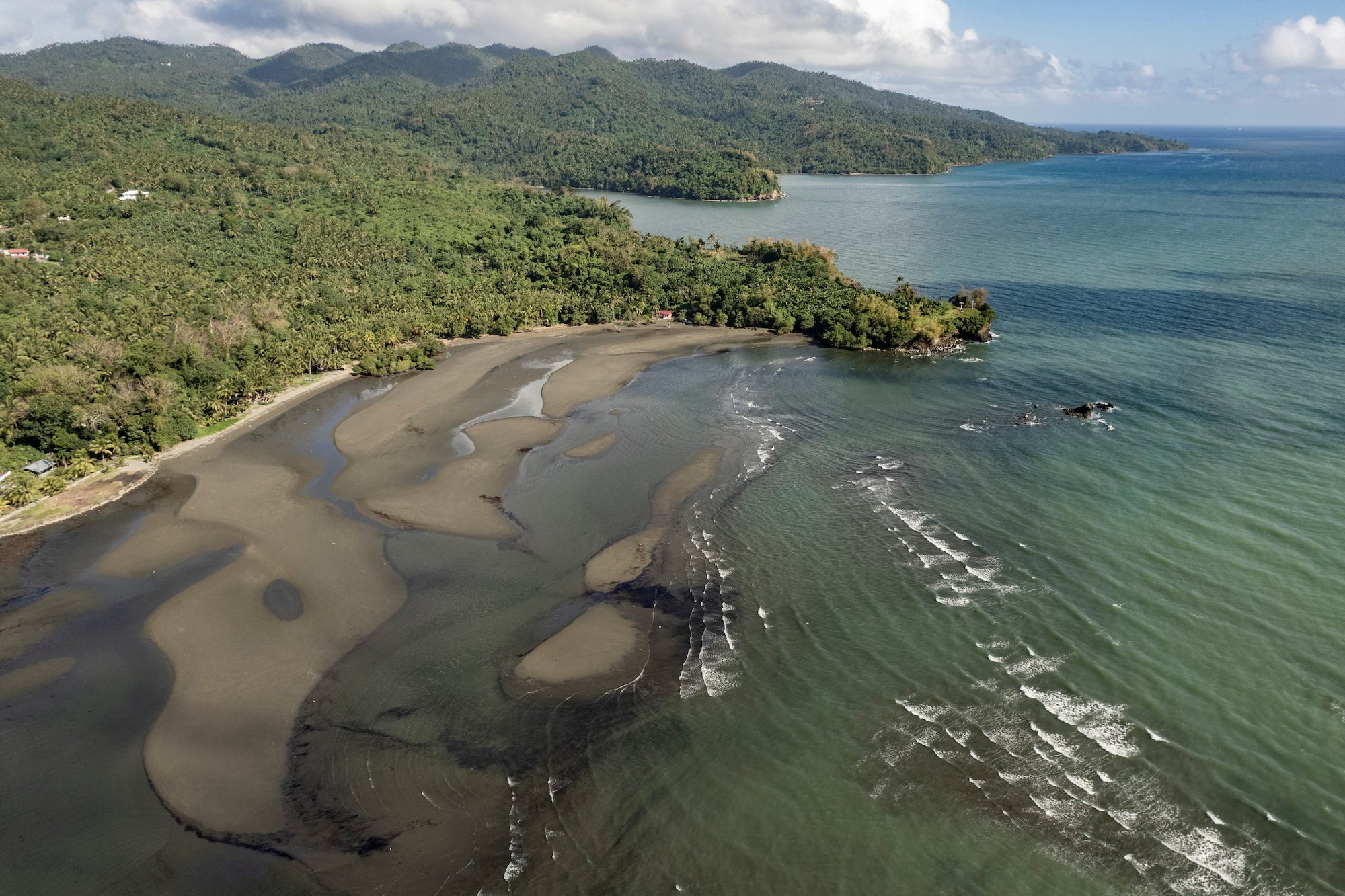
@Nuestromar/X
Based on the initial assessment, the possibility has been raised that the fuel on the cargo ship could potentially be syphoned off by special ships made to remedy these types of situations.
Siphoning Should Take a Week
Based on an initial assessment, special ships could siphon off the fuel oil cargo in a delicate operation. This could take about a week.

Source: Freepik
Balilo said, “We can quickly and easily siphon to protect the waters around Bataan and Manila Bay from environmental, social, economic, financial, and political impacts.”
The Benefit of the Ship’s Location
Three ships are currently working to contain the oil spilled from the ship. The Coast Guard says that it will finish the extraction in a week.
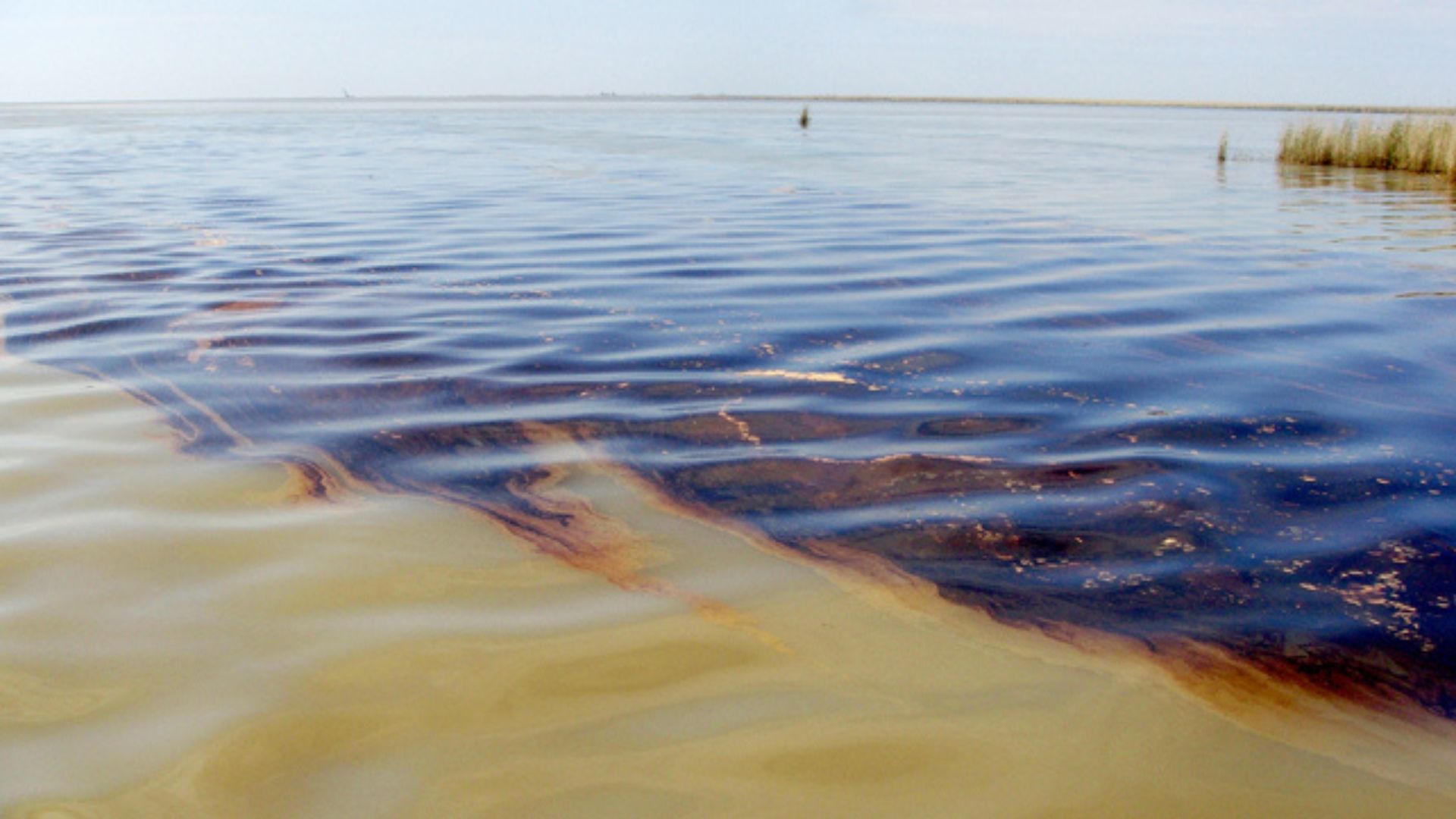
Source: US Coast Guard/Wikipedia Commons
“It’s very much in shallow water. People can dive, which means that they can attach a pipe onto the ship and actually siphon off the oil as long as the weather is good,” Pattiaratchi, the professor, said.
Another Ship Wrecked by Typhoon Gaemi
The MT Terra Nova was one of two ships that sank as Typhoon Gaemi moved in and caused widespread flooding across Metro Manila and its suburbs.

Source: NASA Goddard Space Flight Center/Flickr
The second ship sank off Taiwan’s southwestern coast while heading for the central Philippine city of Iloilo. The accident claimed the life of one crew member, while rescuers saved the other 16 members.
The Moment the Ship Sank
Before the ship set sail, no one issued storm signals. Assuming it was safe to depart, the crew took off.
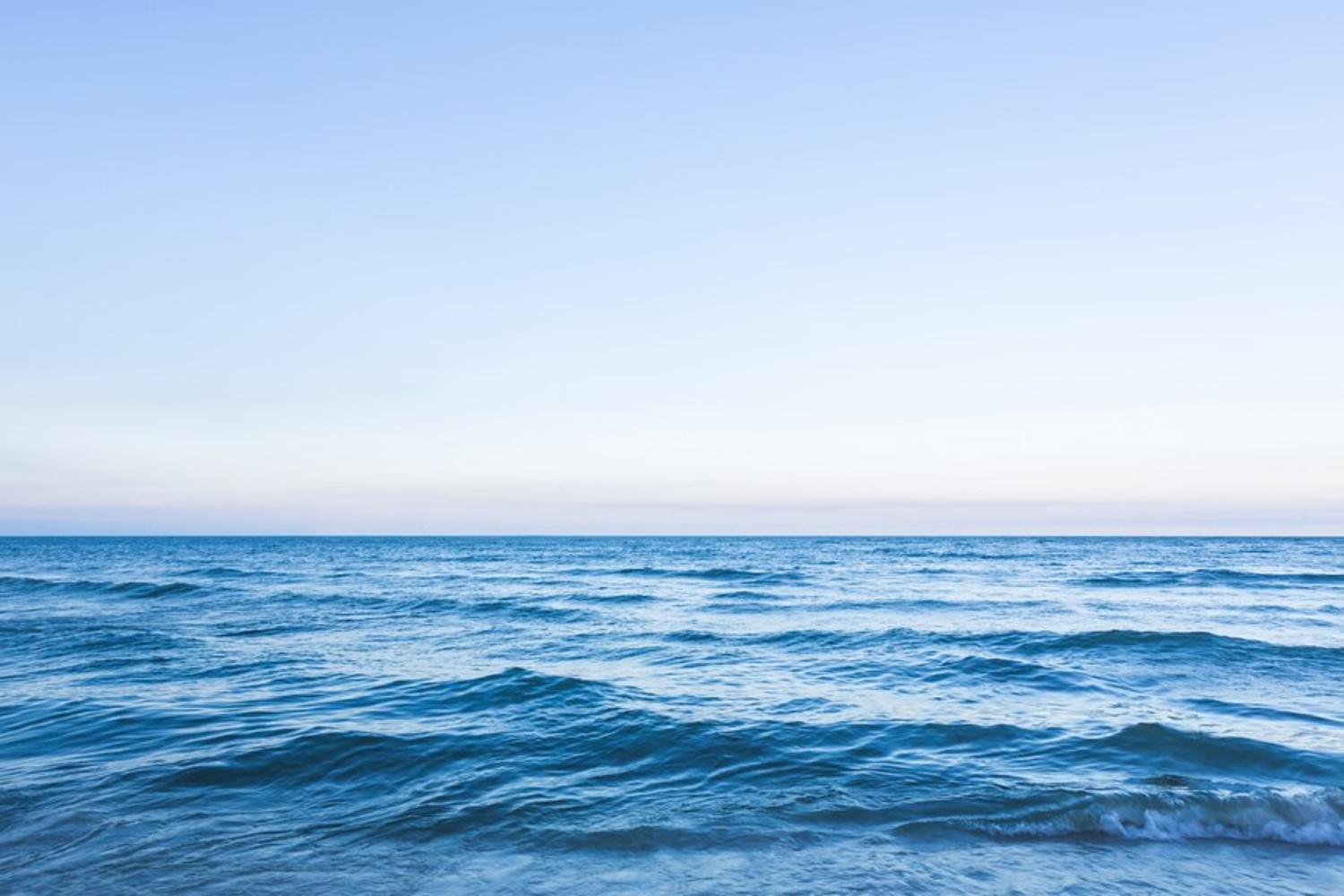
Source: Freepik
“They felt that the waves were really strong. The captain decided to return to shore, but it was difficult because they are sailing against the waves. They said the ship scooped up water until it eventually capsized,” Balilo said.
Best Option to Protect Waters
Currently, getting recovery boats into the water and syphoning off the oil in the water and stuck on the ship can potentially protect the waters near Bataan and Manila Bay.
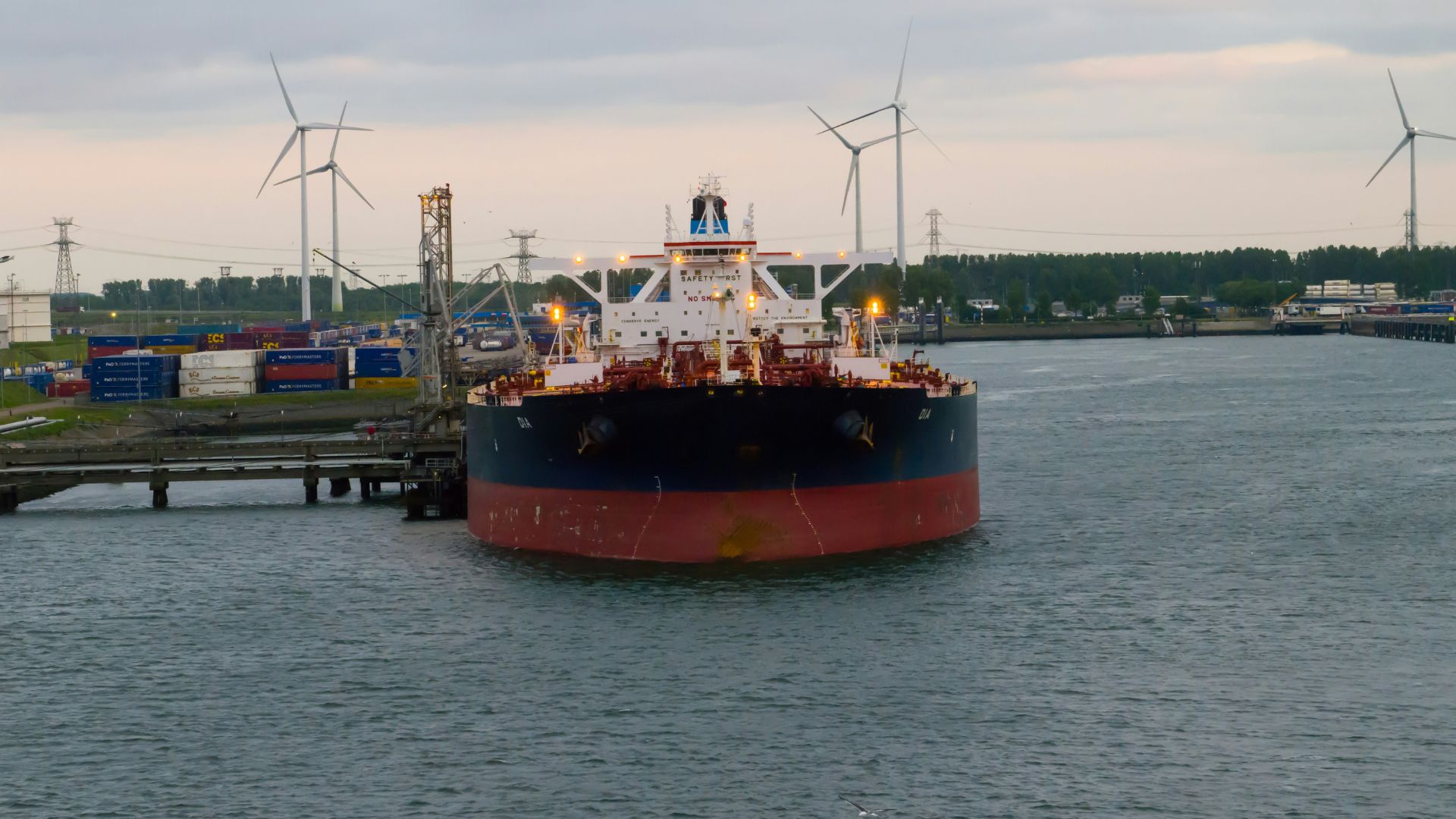
Source: Georg Eiermann/Unsplash
The environmental, social, economic, financial, and political impacts could be detrimental to the country.
Holding Accountability
Oceana, an advocacy group, has asked the Philippine government to assess the environmental impact of the oil spill, which could have devastating effects on marine life and, as a result of marine life loss, the economy.
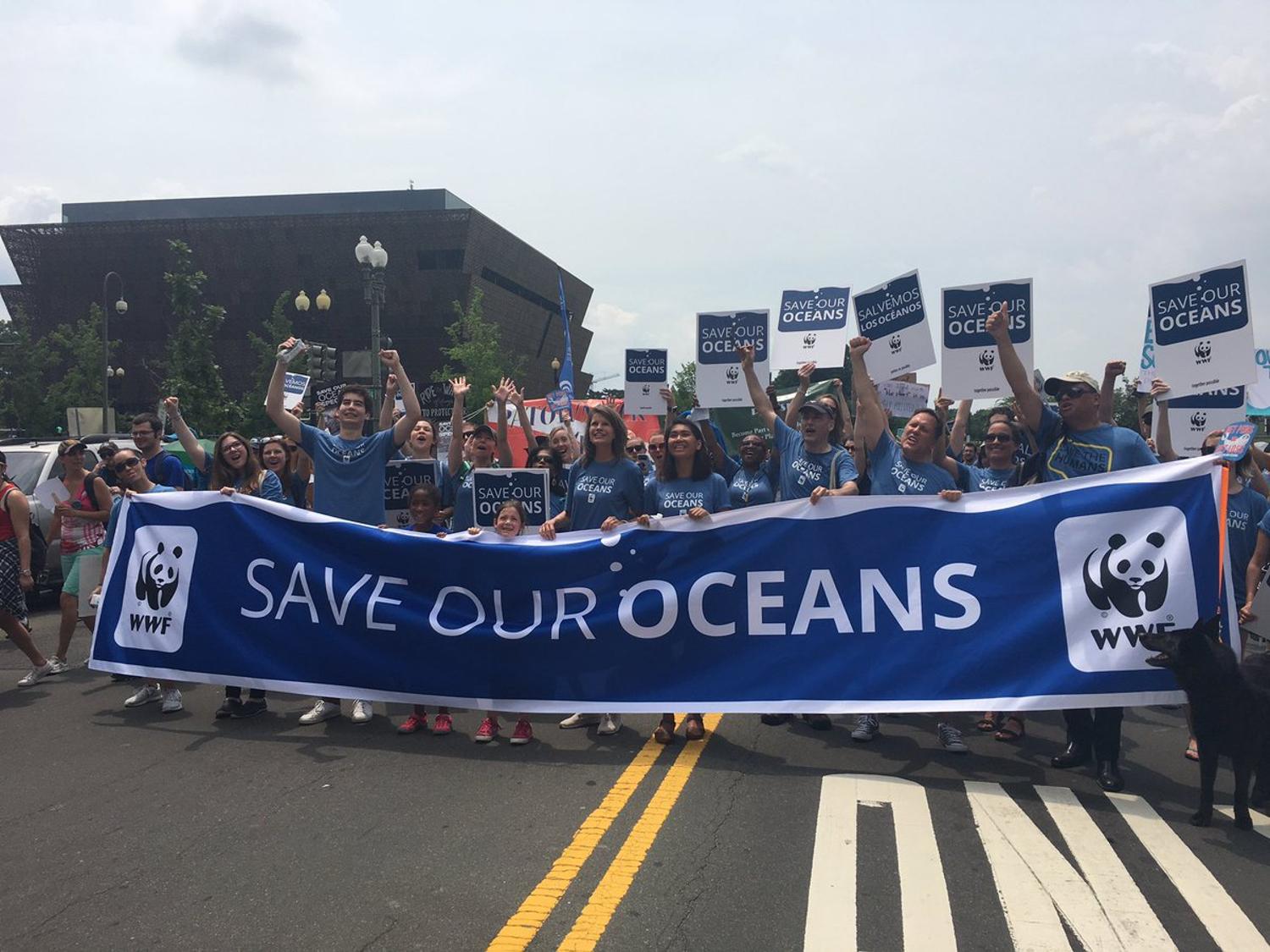
Source: @WWF/X
They added that “all those responsible for failing to prevent this tragedy—from concerned government agencies to private owners of the tanker—should be held accountable.”
Another Recent Oil Spill
Balilo compared the magnitude of the oil spill to one caused by the sinking of another Philippine oil tanker, which was carrying much less fuel oil cargo. The ship accidentally caused an oil spill off the coast of Oriental Mindoro province.
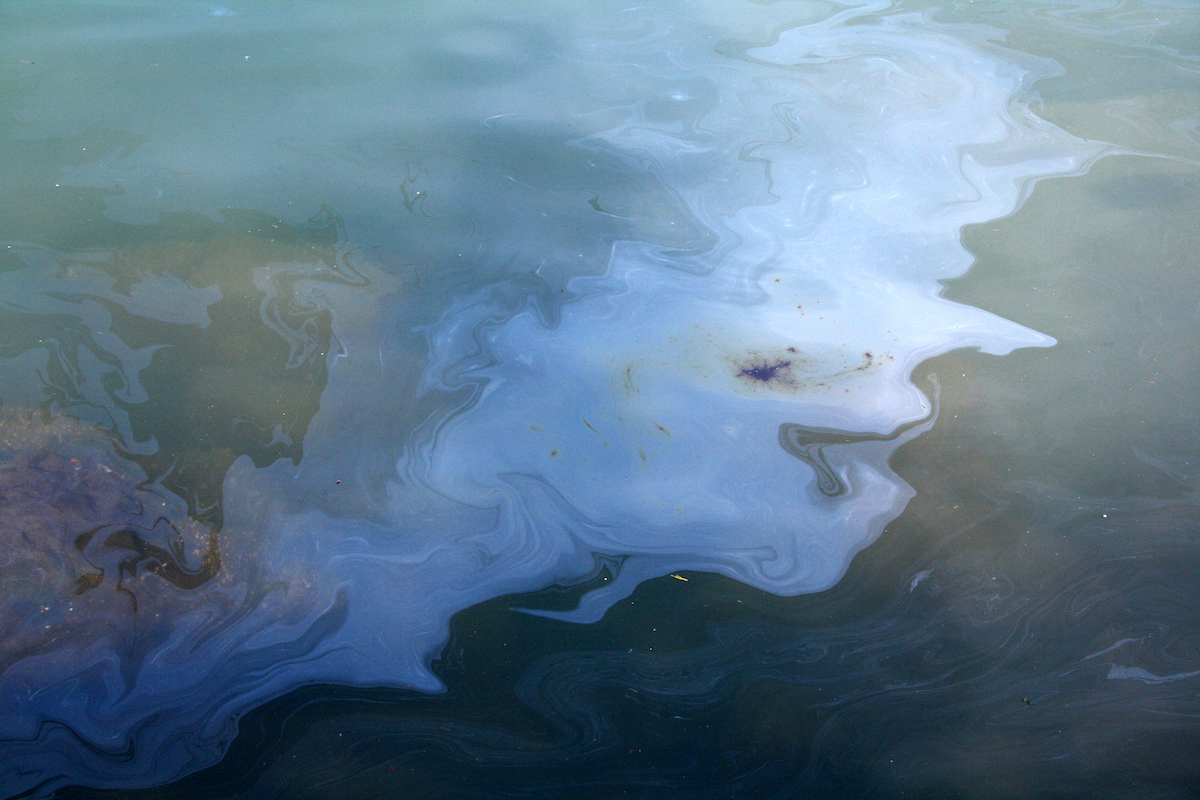
Source: Brocken Inaglory/Wikimedia Commons
The spill took three months to contain and caused massive damage to the coral reefs and mangroves in the region.
Major Tourism Hub
The Port of Manila is a major tourism hub for the tropical country. As well, the city acts as the business hub for the area and has a seaport, a historic public park, the US Embassy and upscale hotels and restaurants.
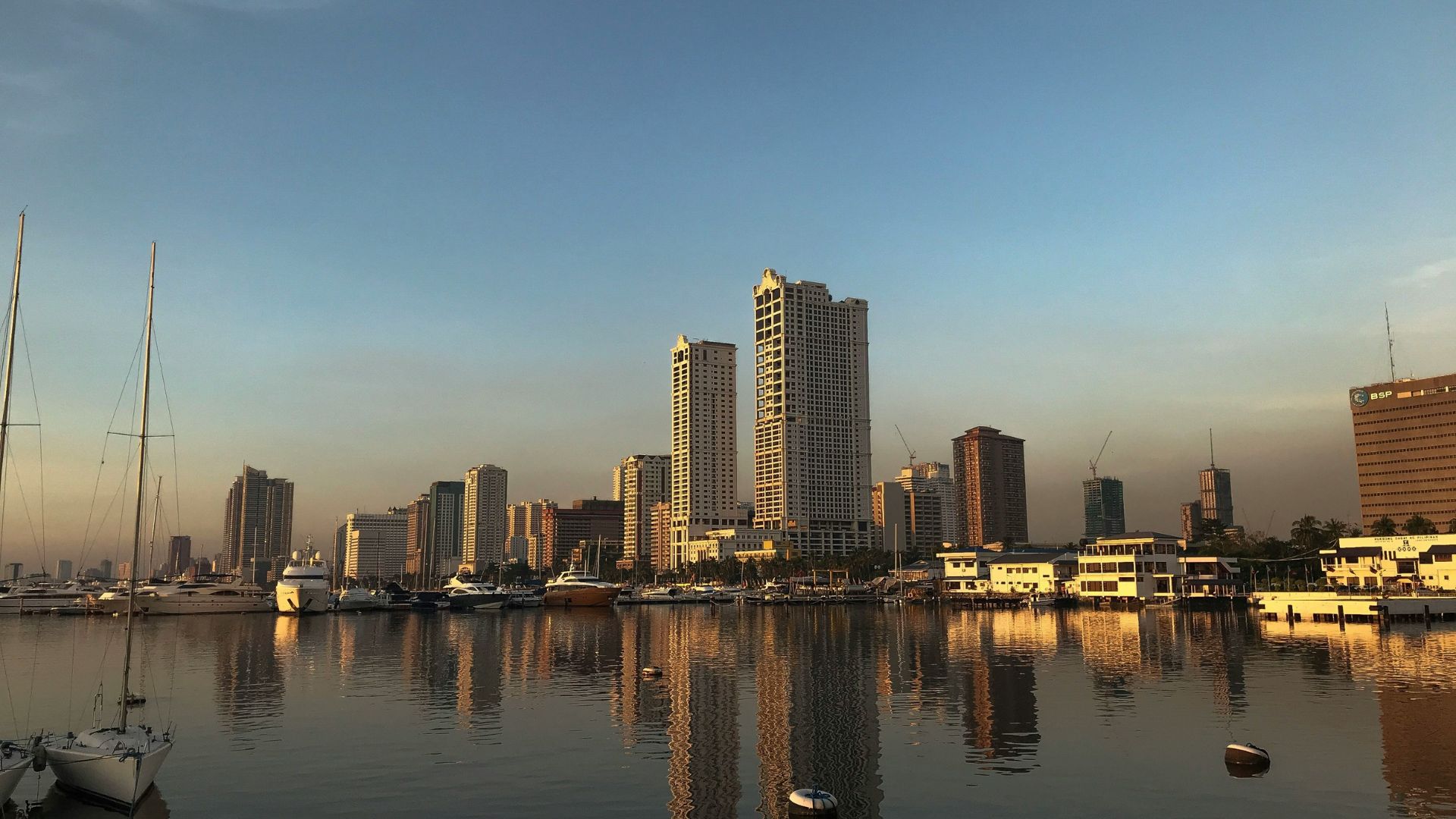
Source: Aeron Oracion/Unsplash
However, the bay has been notorious for its bad pollution and many say that the area has been going downhill in recent years.
A Hit to Tourism
Many experts believe that the disaster will immediately affect everyone in the area, but tourism in the area will take the hardest hit. “It will be a major disaster,” Charitha Pattiaratchi, a professor of coastal oceanography at the University of Western Australia in Perth, told NBC News.
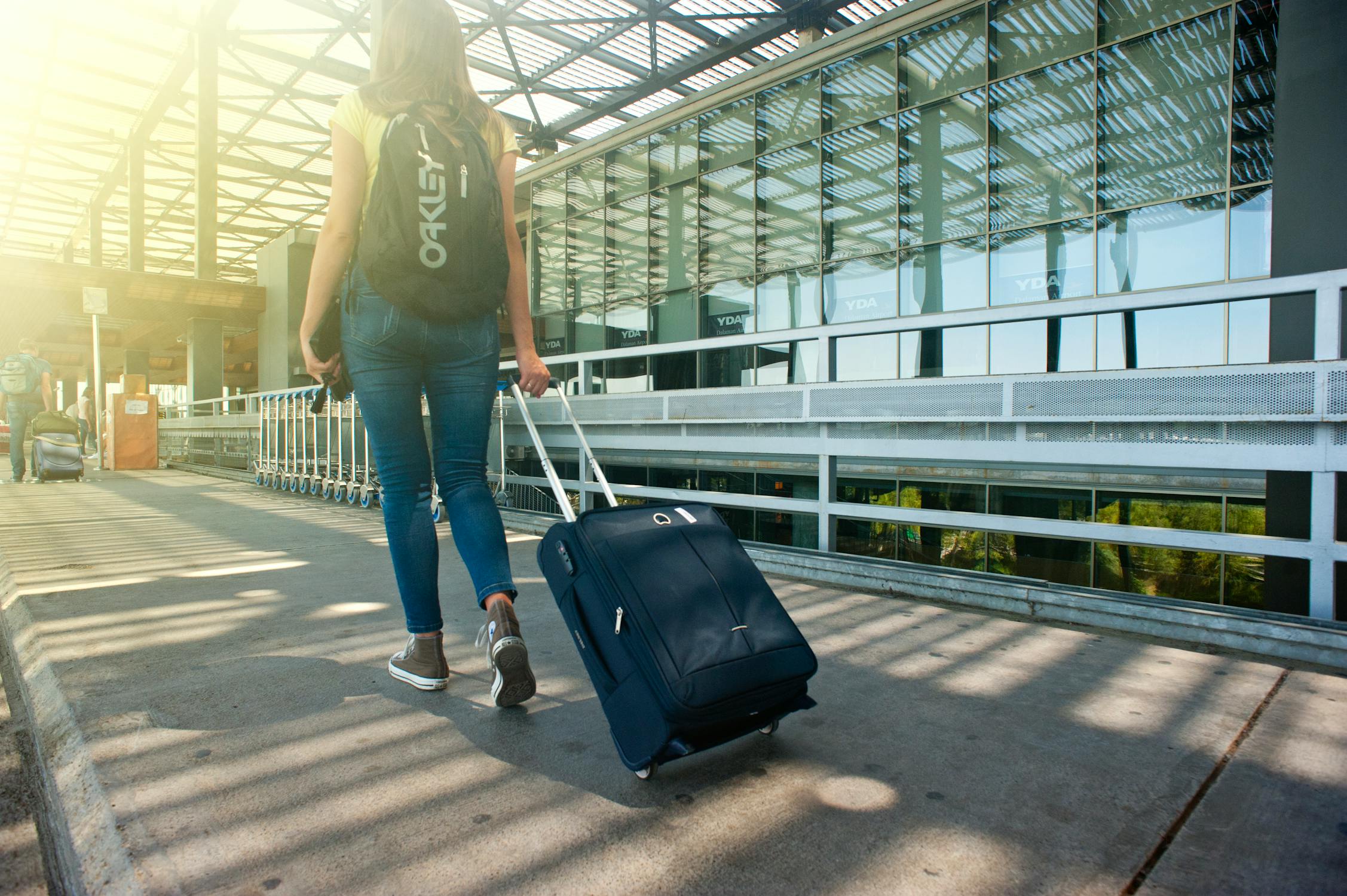
Source: Oleksandr P/Pexels
“It is mostly going to hit tourism. The bay does not have many coral reefs.”
Other Oil Spills in the Area
This isn’t the first oil spill to threaten the tropical coast of the Philippines. Just last year, a tanker called MT Princess Empress was carrying 800,000 litres of oil when it capsized on February 28.
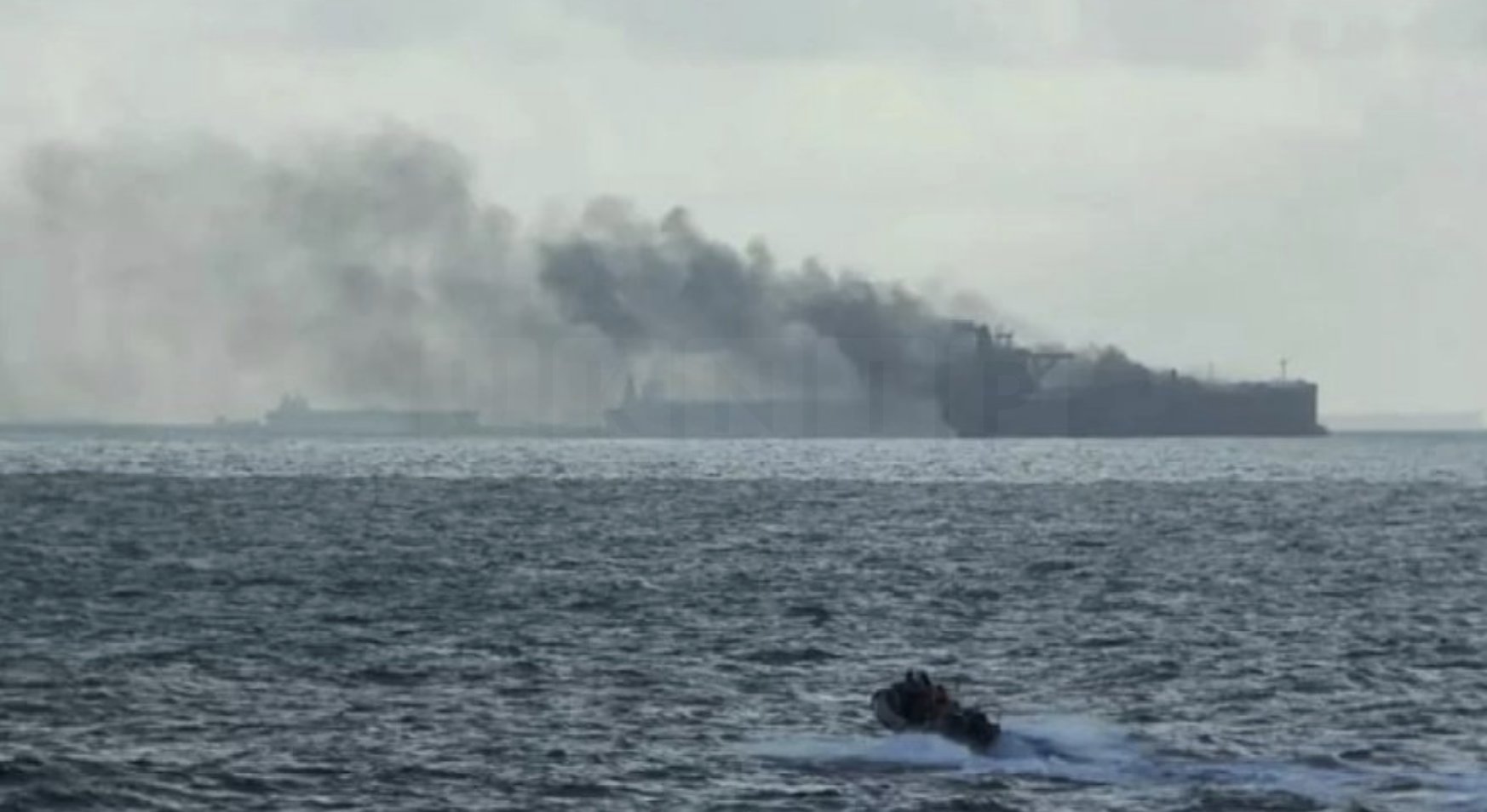
Source: @ladyjaggar/X
The tanker sank and caused a massive oil spill that took more than 3 months to clean up. During that time, the oil reached several popular tourist destinations and caused a massive decline in tourist revenue for local communities.
